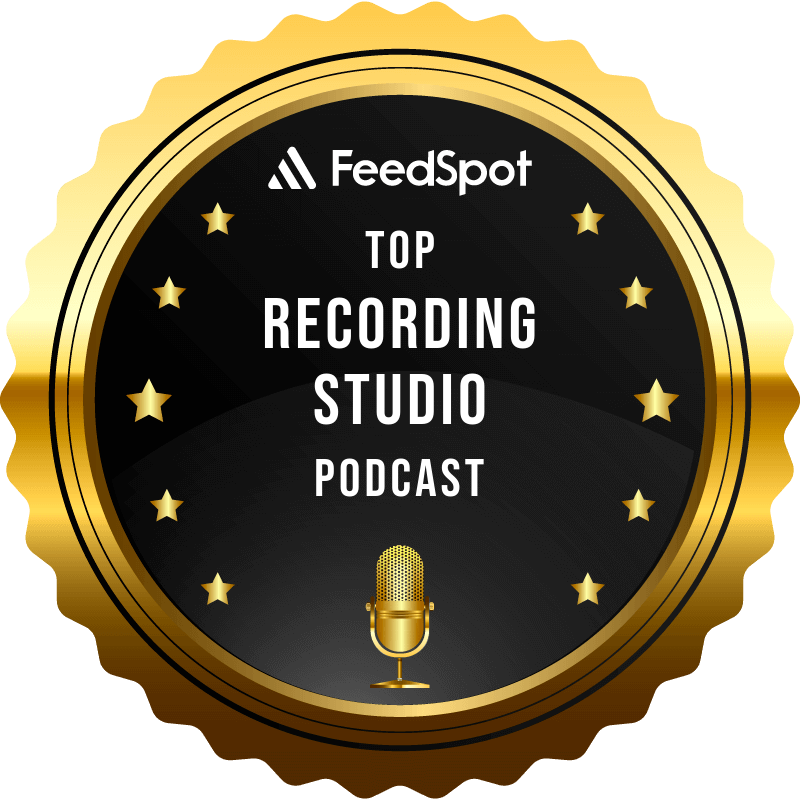How to Handle Short Deadlines Without Losing Your Mind
If you’ve ever had a client drop the dreaded words “we need it by tomorrow”, you know the panic that can set in when time is tight and the pressure is high. In this episode of Inside the Recording Studio, Chris and Jody dig into the art (and chaos) of working under short deadlines—sharing real-world examples, best practices, and a healthy dose of humor to help you survive the crunch.
From last-minute mix requests to sudden revisions that derail your carefully planned workflow, short deadlines are part of the music and audio world. But while they can feel like a nightmare, they don’t have to result in disaster. Chris and Jody explore strategies that keep you cool, creative, and productive when the clock is ticking.
Topics covered include:
- Prioritization tactics—how to separate what’s mission-critical from what can wait.
- Streamlined workflows that save you hours (hint: proper recording setup tips and file organization go a long way).
- Leveraging home studio gear efficiently so you can work fast without cutting corners.
- Real-world stories of deadline disasters and how they pulled through.
- The balance between speed and quality—when “good enough” really is good enough.
- Tricks to avoid burnout when you’re asked to move at lightning speed.
Chris and Jody also highlight hidden features in studio gear that can shave precious minutes off a session, as well as mindsets and habits that make fast turnarounds less stressful.
And because this is Inside the Recording Studio, expect some nonsense and laughs sprinkled throughout—because sometimes humor is the best way to handle a looming deadline. Add in this week’s Friday Finds, and you’ll leave with not just survival tips, but also new tools to help you work smarter under pressure.
By the end of the episode, you’ll have a toolkit of practical strategies and a renewed confidence that the next time a last-minute project lands in your lap, you’ll be ready to handle it like a pro.
******************************
Gear we used:
Jody’s Mic & Voice Chain: Telefunken C12 – Groove Tubes Vipre – Apollo – UA Neve 1073 – UA LA2A – UA Studer A800
Jody’s Channel Strip: iZotope RX Spectral DeNoise – iZotope RX Mouth DeClick – UA Neve 1073 – UA LA2A – UA 1176E
Chris’ Mic & Voice Chain: Slate ML1 – Apollo – UA – Slate VMR (FG12, FG73, API Eq, SSL 4kE) – iZotope RX Voice – DeNoise
Chris’ Channel Strip: Eventide Precision Time Align – iZotope RX Spectral DeNoise – iZotope RX Mouth DeClick – UA Neve 1073 – UA LA2A – UA 1176E
Master: Oek Sound Soothe 2 – iZotope Ozone Imager – iZotope Ozone Maximize.
******************************
If you want to collaborate, sponsor a podcast, donate, or want us to review your product – contact us at: collaborate@insidetherecordingstudio.com

